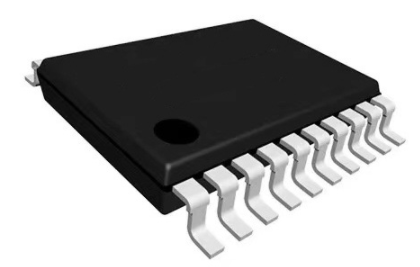What is the difference between SMD components and plug-in components?
In PCBA processing, SMD components and plug-in components are used. So, what is the difference between SMD components and plug-in components?
1. The difference between the two:
1. SMD components are small in size, light in weight, and easier to weld than plug-in components.
2. SMD components have a very important advantage, which is to improve the stability and reliability of the circuit; because the SMD components have no leads, stray electric and magnetic fields are reduced, which is effective in high-frequency analog circuits and high-speed digital circuits. Especially obvious.

Two, the welding method of the two
1. The method of soldering SMD components: Place the components on the pad, apply the adjusted SMD solder paste on the surface of the component and the pad contact, and then use a 20W internal heating electric soldering iron to apply the pad and the SMD component Heat the joint (the temperature should be 220~230 degree Celsius). When you see the solder melt, you can remove the electric soldering iron. After the solder solidifies, the soldering is completed. After soldering, you can use tweezers to clamp the soldered patch component to see if there is any looseness. If there is no looseness, it means that the soldering is good. If there is any looseness, re-apply some solder paste and re-sold by the above method.
2. The method of soldering plug-in components: When soldering all pins, add solder to the tip of the soldering iron, and apply flux to all pins to keep the pins moist. Touch the end of each pin of the chip with the tip of a soldering iron until the solder flows into the pin. After soldering all the pins, wet the pins with flux to clean the solder to eliminate any short circuits and overlaps. Finally, use tweezers to check whether there is any false soldering. After the inspection is completed, remove the flux from the circuit board, and soak the hard brush with alcohol and wipe it carefully along the pin direction until the flux disappears.
The above is the difference between SMD components and plug-in components, I hope it will help you.